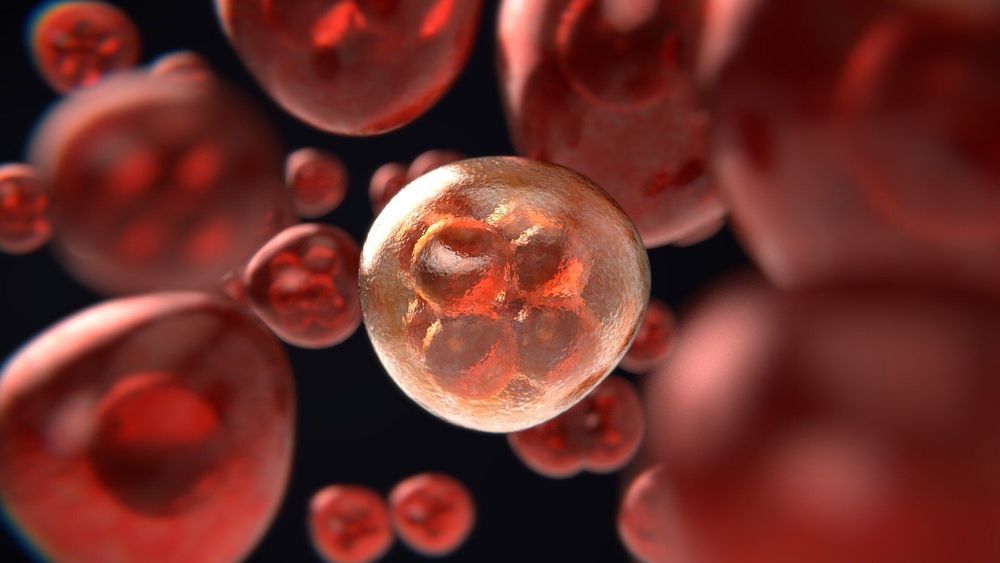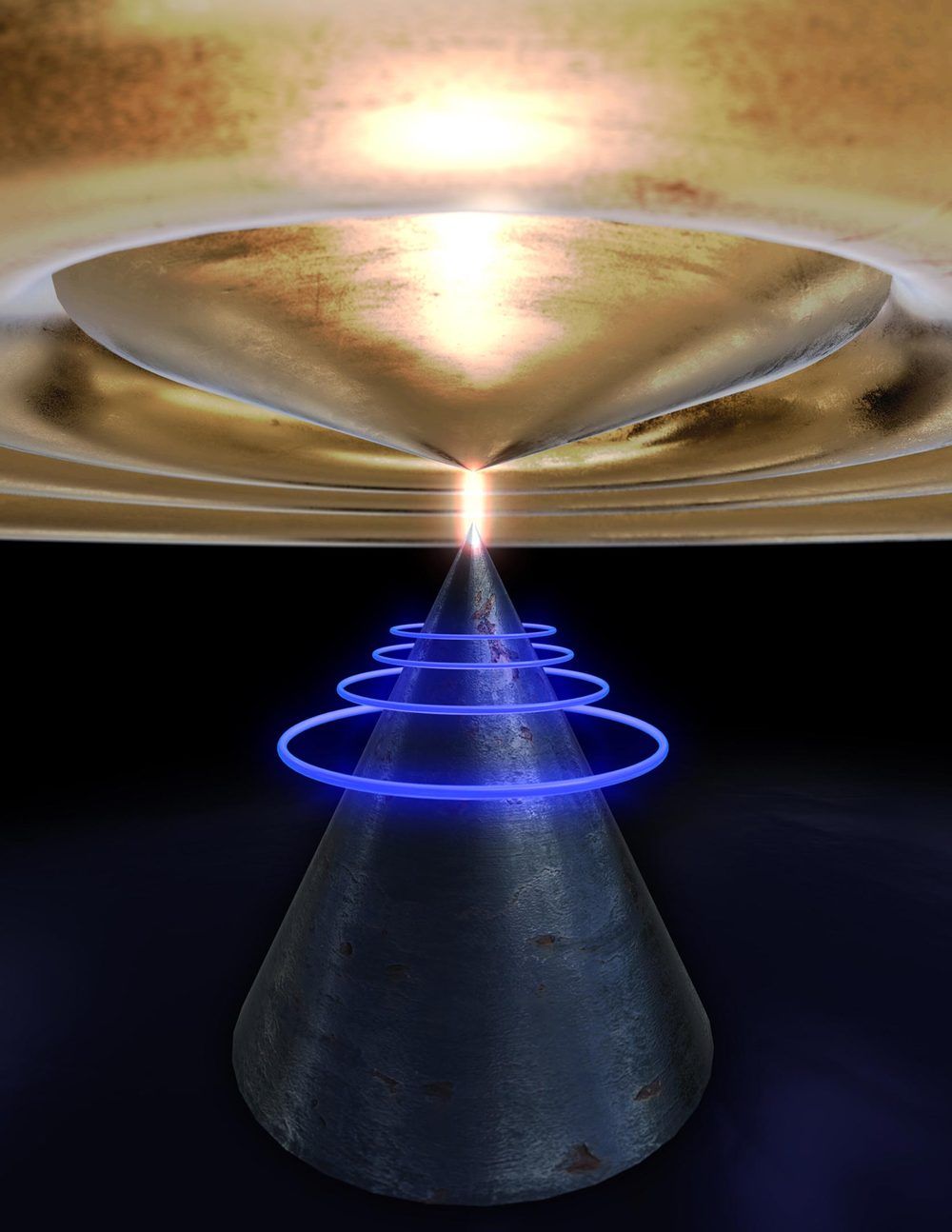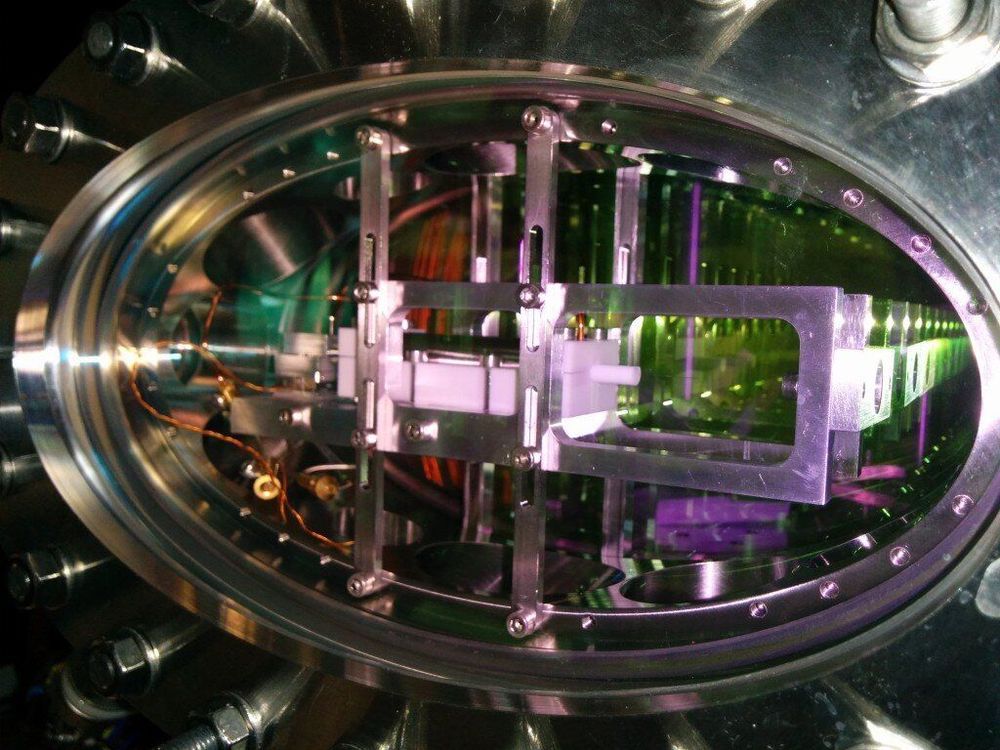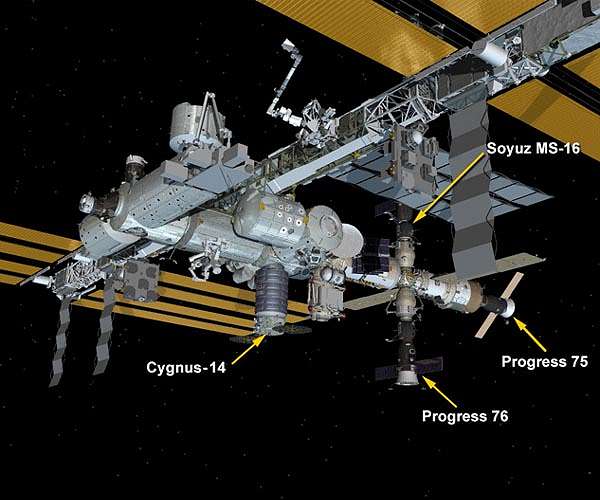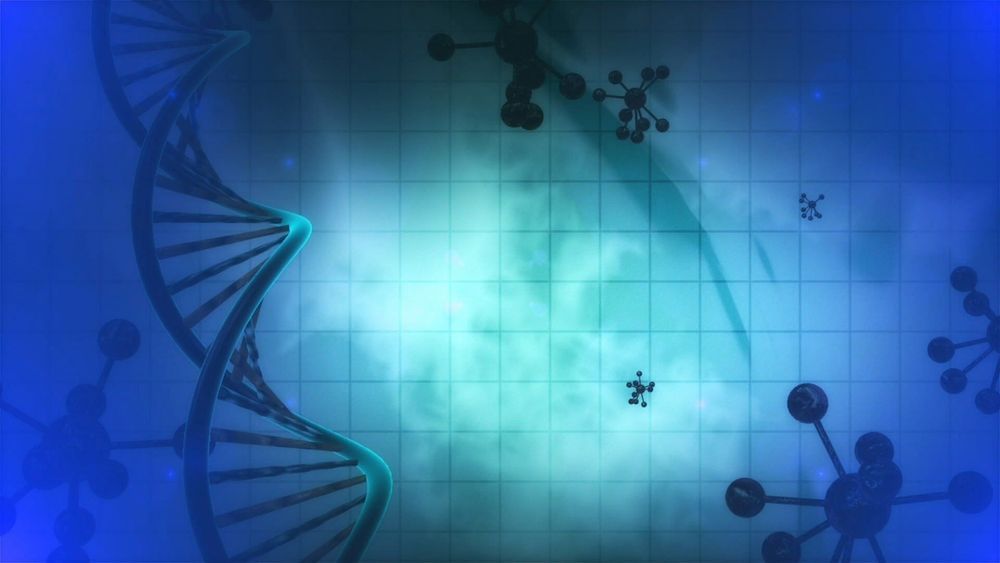Oct 13, 2020
Statins may reduce cancer risk through mechanisms separate to cholesterol
Posted by Paul M. Vittay in categories: biotech/medical, genetics
Analysis revealed that variants in the HMGCR gene region, which represent proxies for statin treatment, were associated with overall cancer risk, suggesting that statins could lower overall cancer risk.
Cholesterol-lowering drugs called statins may reduce cancer risk in humans through a pathway unrelated to cholesterol, says a study published today in eLife.
Statins reduce levels of LDL-cholesterol, the so-called ‘bad’ cholesterol, by inhibiting an enzyme called HMG-CoA-reductase (HMGCR). Clinical trials have previously demonstrated convincing evidence that statins reduce the risk of heart attacks and other cardiovascular diseases. But evidence for the potential effect of statins to reduce the risk of cancer is less clear.
Continue reading “Statins may reduce cancer risk through mechanisms separate to cholesterol” »
